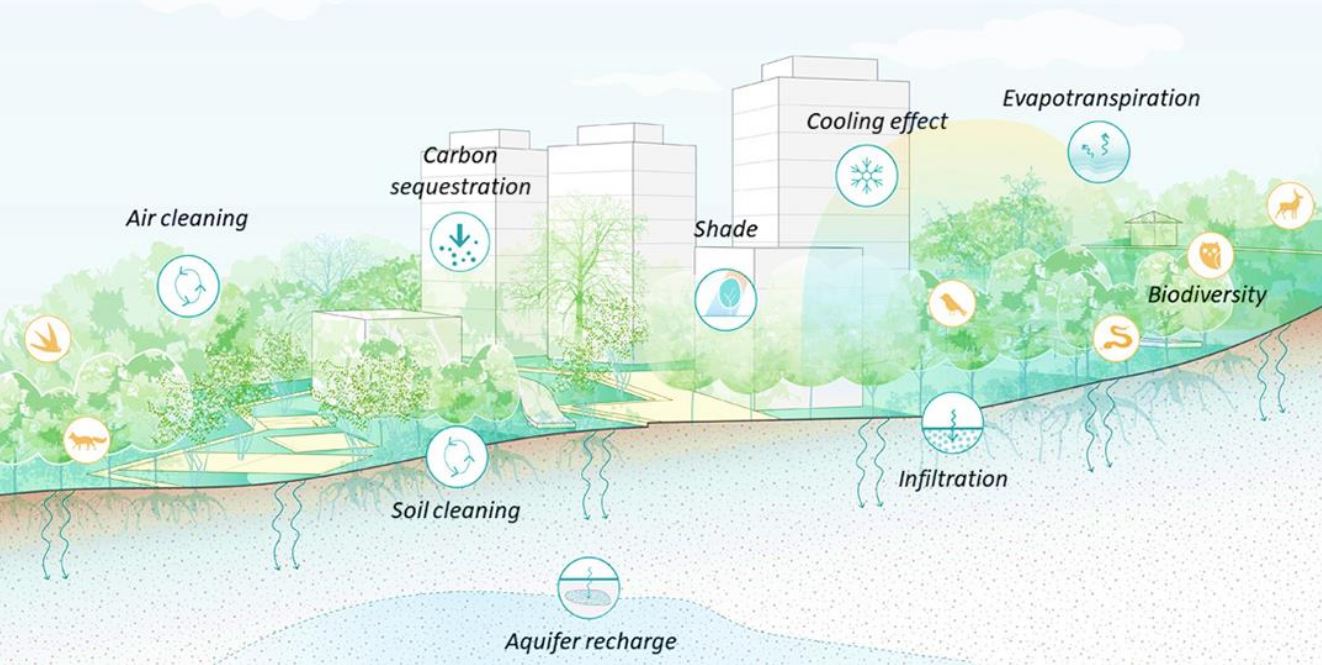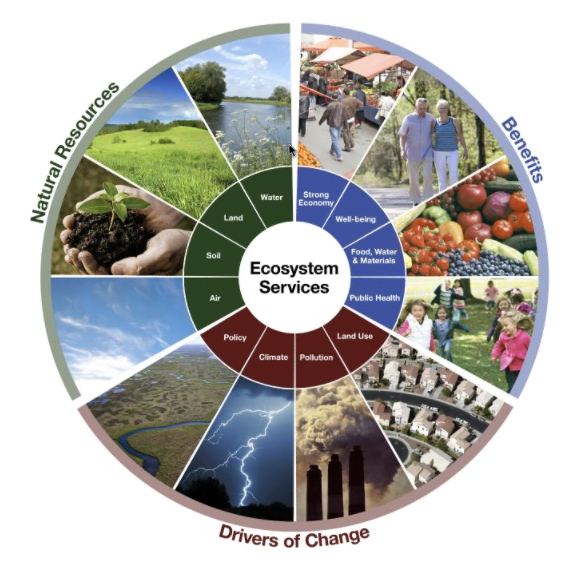PROGRESS for EXISTING SITES: GreenMcGill.com
McGill Place is building an energy efficient landscape by utilizing the GBCI Pilot Program EXISTING SITES
US Green Building Council (USGBC) https://www.usgbc.org/
Green Business Certification Inc (GBCI) https://www.gbci.org/
EXISTING SITES is modeled after this: https://sustainablesites.org/

— USGBC EXISTING SITES for landscape is a parallel program to energy efficiency in buildings —
Evolving with available energy saving information of the future, McGill Place is innovating to turn from an energy guzzling 1980’s thought-out community to sustainable landscape and hardscape of the future— saving energy, resources and promoting human health and well-being on our 11 acres.
Landscape sustainability (energy efficiency) is understanding, creating and designing naturally interacting systems that thrive with less human input, use less resources and maximize human health: water, soil, plants, and pollinator ecosystems, with cooler temperature outdoor spaces for people to enjoy— creating an interwoven life easier for everything and everyone:
- a pleasant outdoor local environment (contributing to the global environment)
- cleaner air
- less work and waste of natural resources because our plants are native and acclimated to the local environment
- less water use, fertilizer and fewer pesticides
- It is evidence based knowledge application and doesn’t cost a cent more than traditional landscaping and saves money and resources in the long run:
For example:
HHWB (Human Health and Well-being): Paths, the new benches, social areas, signage explaining ecological strategies. The area between buildings 7 & 10 is the first example of this.
PLANTS: Using indigenous and hearty plants, that once established do not require extra water and over 1000’s of years have evolved systems that ward off local pests. Plants sequester carbon and provide cooling with shade and water evaporation from their leaves and ground cover. (Building greener cities: nine benefits of urban trees)
STORMWATER: Designing for it to go into the aquifer and into the landscape plants, instead of into the City of Atlanta’s already overloaded stormwater system.
SOIL: Building a rich abundant soil naturally, instead of shipping all the leaves off and putting down pinestraw (pinestraw does nothing to build the soil, decays quickly and costs 20k/year).

